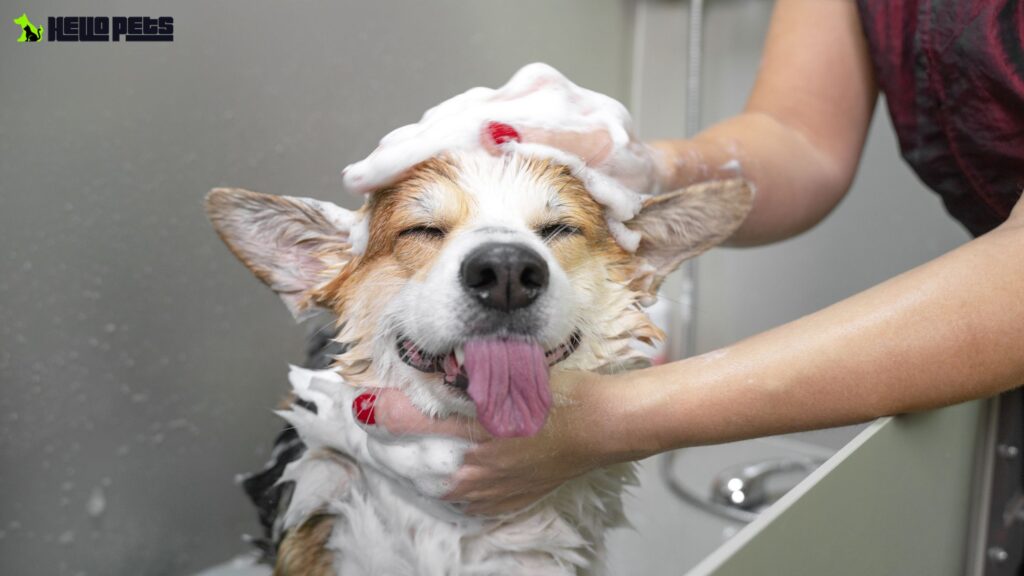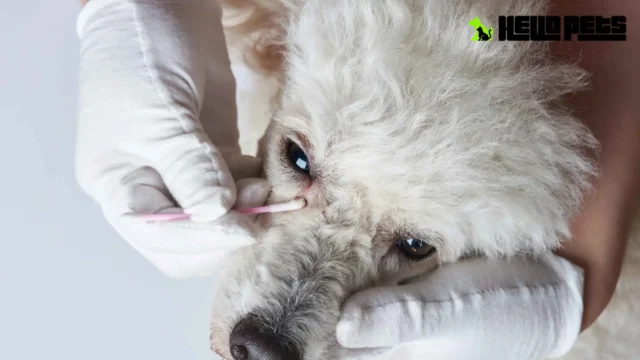Aggressive Dog Training in North York: Behavioral Issues and Solutions
Understanding Aggression in Dogs: What Causes Aggression, and How Can It Be Addressed Through Training?
Aggression in dogs is a serious behavioural issue that can stem from a variety of underlying causes. Whether it’s triggered by fear, frustration, territorial instincts, or poor socialisation, dog aggression is something that can significantly affect both the dog’s well-being and the safety of those around them. In North York, Toronto, aggressive dog training is essential to address these behaviours early and effectively.
Causes of Dog Aggression
Aggression can manifest in different forms, such as:
- Fear aggression: When a dog is scared or feels threatened, it may act aggressively as a defense mechanism.
- Territorial aggression: Dogs may display aggression when they feel their space or territory is being invaded.
- Redirected aggression: When a dog becomes frustrated (often during an exciting situation, such as on a leash), it may turn on the person or animal closest to them.
- Resource guarding: Aggression may occur when a dog perceives that food, toys, or even their owner is under threat.
- Pain-induced aggression: If a dog is in pain due to an injury or medical condition, it may become irritable or aggressive.
Addressing dog aggression requires a deep understanding of the triggers and behaviour patterns. It’s important to remember that aggression is often a symptom of an underlying problem, not just a behaviour in itself.
How Aggressive Dog Training in North York Can Help
Training plays a pivotal role in mitigating aggressive behaviour in dogs. Aggressive dog training in North York focuses on teaching your dog to respond to different situations in a calm and controlled manner. Key strategies include:
- Positive Reinforcement: Using treats, praise, or play to encourage calm behaviour in situations where the dog would typically act aggressively.
- Desensitisation: Gradually exposing the dog to their triggers at a safe distance to reduce their emotional response over time.
- Counter-conditioning: Changing the dog’s emotional reaction to a trigger, so they associate it with positive experiences rather than fear or frustration.
- Consistency: A consistent routine and set of commands that help the dog understand what is expected of them in different situations.

Specialized Training for Aggressive Dogs: What to Expect in Programs That Target Aggression, Including Socialization and Desensitization Techniques
Specialised aggressive dog training programs are designed to address and correct problematic behaviours through structured training methods. In North York, Toronto, many dog trainers offer programs that focus on desensitisation and socialisation techniques to help dogs with aggression.
What to Expect in Aggressive Dog Training Programs
When enrolling your dog in an aggressive dog training program in North York, the focus will be on:
- Behaviour Modification: The primary goal is to change how the dog responds to triggers of aggression. This involves working through emotional triggers in a controlled environment and helping the dog learn how to stay calm in stressful situations.
- Socialisation: Dogs with aggression issues often lack proper socialisation, especially if they haven’t been exposed to different people, environments, or other dogs. Specialised training programs introduce your dog to new situations gradually, helping them learn how to interact appropriately.
- Desensitisation: This technique is often used to reduce a dog’s reaction to specific triggers by slowly exposing them to the situation in a controlled manner. Over time, the dog learns that these triggers don’t pose a threat, and their aggression decreases.
Training a dog with aggressive tendencies requires patience, commitment, and professional guidance. Aggressive dog training in North York ensures that both the owner and the dog can build a safe, trusting relationship, leading to a well-behaved companion.
Real-Life Examples of Aggression Training Success in North York
There are numerous success stories of dogs overcoming aggression through professional training in North York, Toronto. Here are a few case studies that highlight the impact of proper training:
Case Study 1: Bella, the Fearful Terrier
Bella, a 3-year-old terrier, was exhibiting aggressive behaviour whenever new people came near her. She would growl, bark, and snap, especially when people tried to touch her. After enrolling in an aggressive dog training program in North York, Bella’s trainer focused on positive reinforcement and desensitisation techniques. Over several weeks, Bella was gradually introduced to new people and situations, learning to associate these encounters with positive experiences. Today, Bella is much calmer around strangers and can now enjoy walks in the neighbourhood without anxiety.
Case Study 2: Max, the Resource Guarding Rottweiler
Max, a 5-year-old Rottweiler, was guarding his food bowl and toys, often showing aggression if someone came too close. Through specialised aggressive dog training focused on resource guarding and counter-conditioning, Max was taught to associate human interaction with rewards and calm behaviour. His owner was guided through safe feeding routines and positive reinforcement techniques to help Max feel more secure. Max’s resource guarding significantly decreased, and his overall temperament improved.
Case Study 3: Charlie, the Leash Reactive Labrador
Charlie, a 2-year-old Labrador, had severe leash reactivity and would often bark and lunge at other dogs and people when out for walks. By enrolling in aggressive dog training in North York, Charlie’s owner worked with a trainer to use desensitisation methods. Slowly, Charlie was exposed to controlled environments where he learned to remain calm around other dogs. Today, Charlie enjoys walks without barking or lunging, and he’s much more relaxed in public spaces.
Book Your Initial 30-45 Minute Consultation with Hello Pets
If your dog is struggling with aggression or behavioural issues, Hello Pets is here to help. Our experienced trainers specialise in aggressive dog training in North York and provide tailored programs that address the root causes of aggression in dogs.
Book an initial 30- to 45-minute in-person consultation with our expert trainers today! We’ll assess your dog’s behaviour, identify triggers, and create a personalised training plan to help your dog overcome aggression. Contact us now to get started on your dog’s training journey.
FAQ
1. What are the common signs of aggression in dogs?
Aggressive dogs may show signs such as growling, barking, biting, lunging, and baring teeth. These behaviours may appear when a dog feels threatened, fearful, or territorial. Recognising the signs early can help prevent escalation.
2. Can all aggressive dogs be trained?
Yes, most aggressive dogs can be trained with the right approach. Specialised aggressive dog training in North York can help address the root cause of the aggression, whether it’s fear, frustration, or territorial behaviour. However, the success of training depends on the dog’s temperament, the owner’s consistency, and the trainer's expertise.
3. How long does it take to train an aggressive dog?
The length of training varies depending on the severity of the aggression and the training methods used. It could take anywhere from a few weeks to several months to see significant progress. Consistent training, patience, and professional guidance are key.
4. How can I prevent my dog from becoming aggressive?
Proper puppy obedience training and early socialisation are critical in preventing aggressive behaviour. Exposing your dog to various people, environments, and other animals during their early months can help reduce the likelihood of aggression later on.
5. Are there risks associated with aggressive dog training?
When done correctly by a professional trainer, there are minimal risks. However, using the wrong techniques (e.g., punishment or harsh methods) can exacerbate the aggression and harm the dog’s well-being. Always choose a trainer who uses positive reinforcement and other humane methods.








